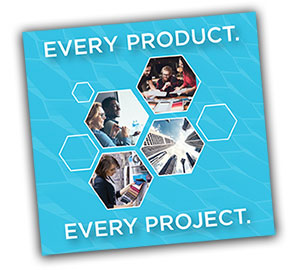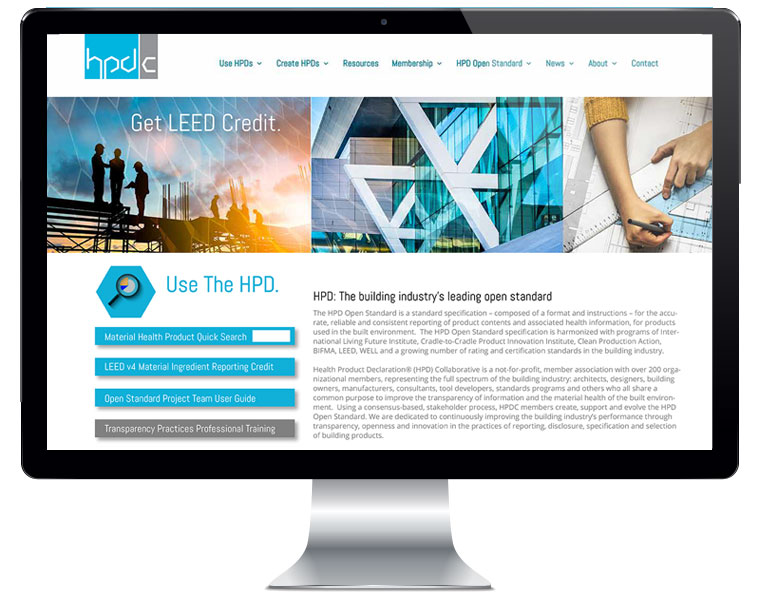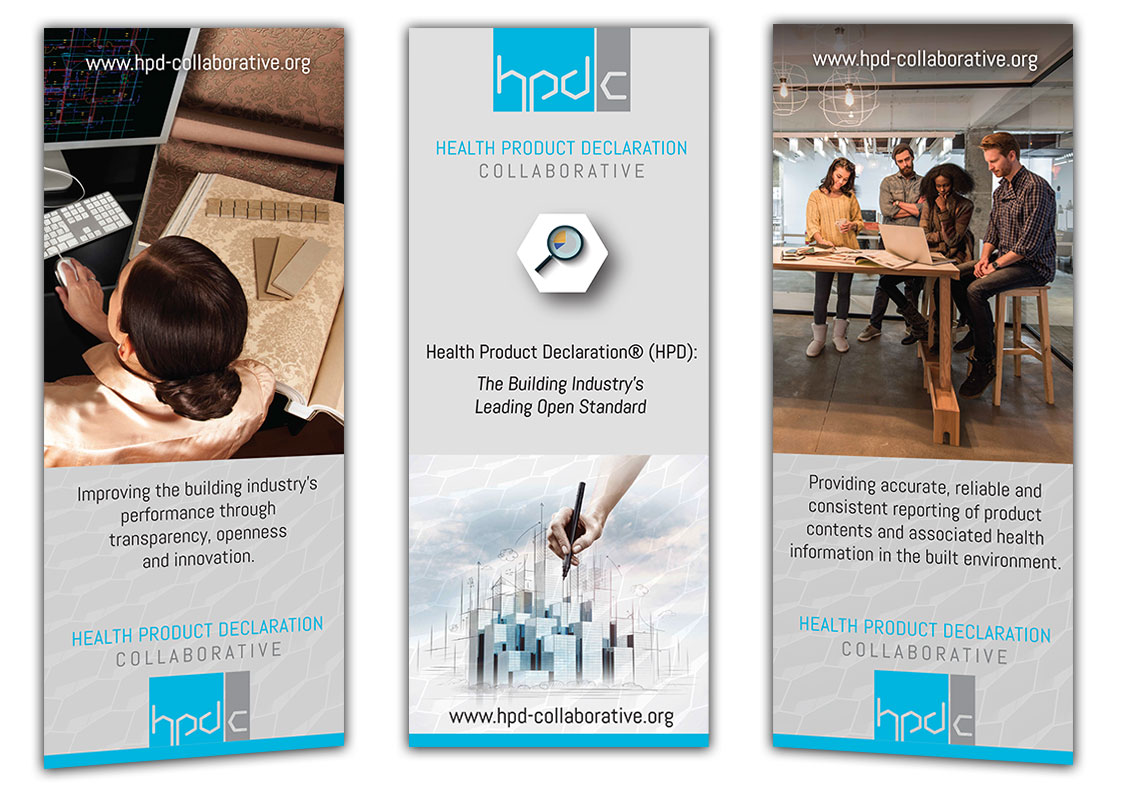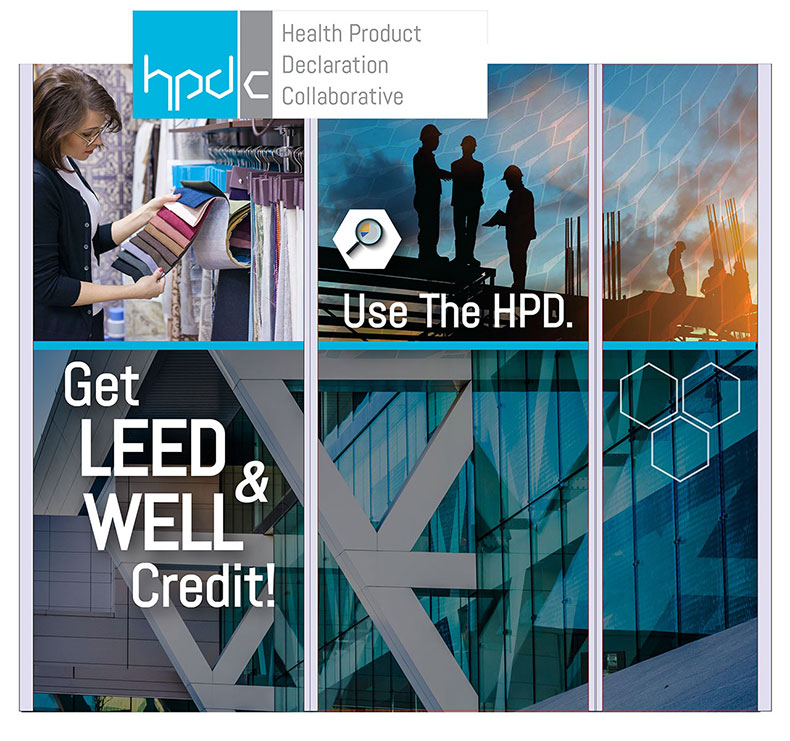Building Industry Member Network Branding
Health Product Declaration Collaborative: “Every Product. Every Project.”
 Among those who design, construct, and occupy buildings, there is increasing interest in what constitutes a “healthy” building product. One of the biggest problem has been that accurate, reliable and consistent information about the contents of building products and their links to health is hard to find. The Health Product Declaration Collaborative’s reporting system offers a reliable, widespread, easy to use system for reporting the ingredients in building products along with information about their potential effects on human and environmental
Among those who design, construct, and occupy buildings, there is increasing interest in what constitutes a “healthy” building product. One of the biggest problem has been that accurate, reliable and consistent information about the contents of building products and their links to health is hard to find. The Health Product Declaration Collaborative’s reporting system offers a reliable, widespread, easy to use system for reporting the ingredients in building products along with information about their potential effects on human and environmental
WestWordVision integrated the organization’s key messaging and developed a new graphic brand for a new website, trade show exhibits, merchandise, print collateral and PowerPoint presentations. Marketing materials reflect the organization’s position as the building industry’s leading standard for reporting building product content and associated health information.
The website was revised to segment content for key audiences and encourage people to respond through call to actions. Interior pages were enhanced with colorful headers, icons and call to action buttons. A graphic brand guideline was created with an expanded color palette, fonts and graphic elements to enhance the visual brand.
A new trade show booth communicated the organization’s audience shift from early adopters to more mainstream use of the HPD report. With manufacturers providing transparency reports for over 20,000 products, photos and messaging was directed at project teams and the tools that are now readily available to architecture and design teams via web-based, public libraries.
As a part of the HPDC team, which includes a strategic partnership with U.S. Green Building Council, WestWordVision’s CEO Paula Schaper is developing key messages, case studies, a Client Toolkit, social media and public relations efforts to introduce new Material Health resources to the building industry. Educational and information technology capabilities will make it much easier for architects and designers to achieve LEED v4.1 credit for Material Ingredients.



